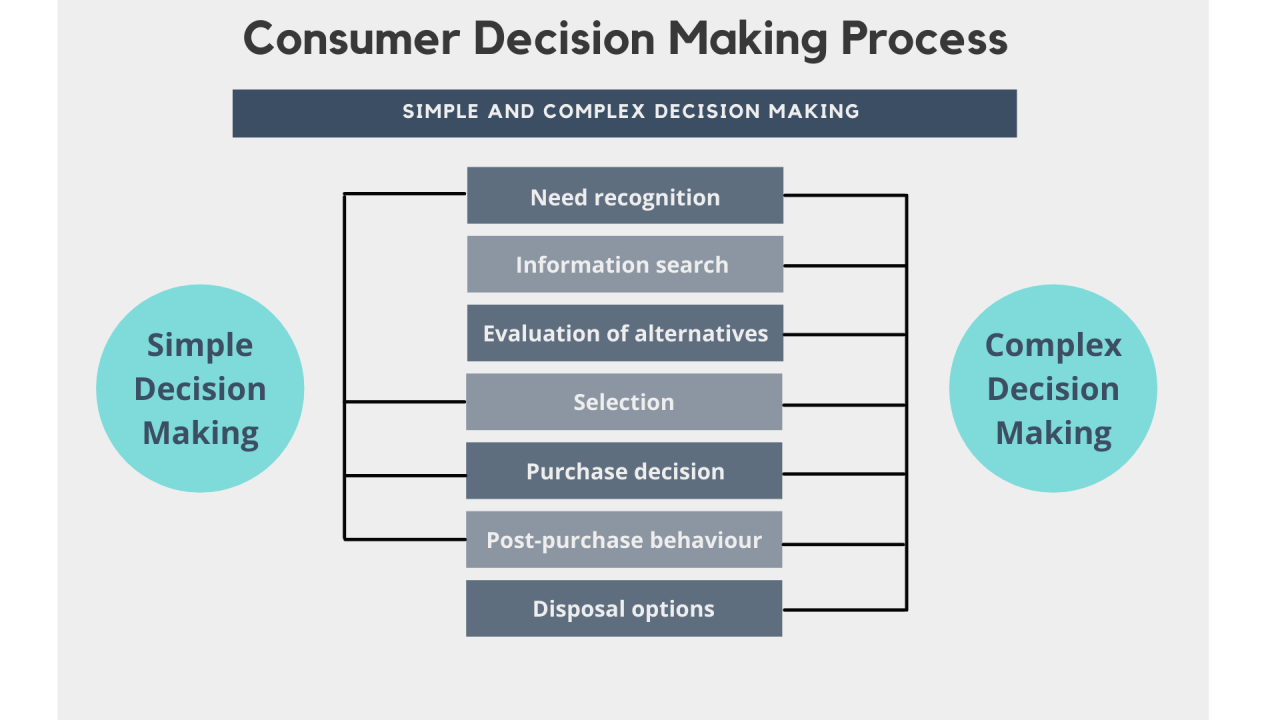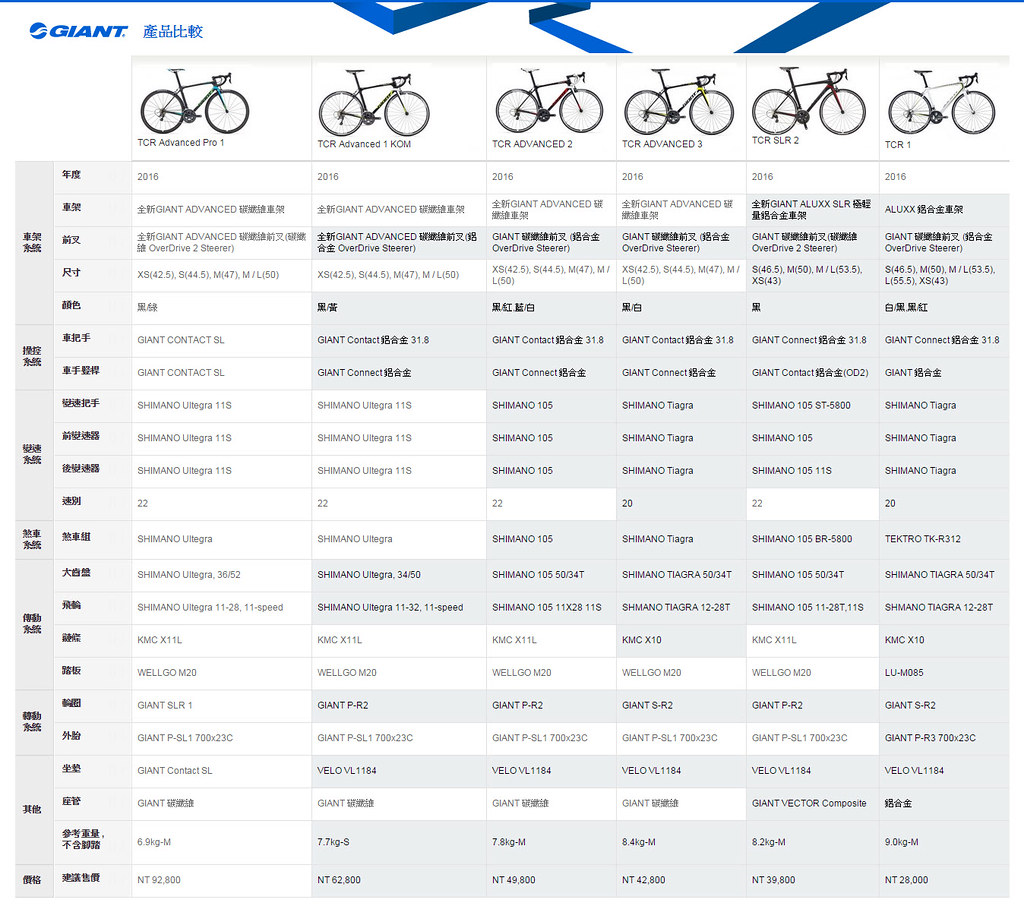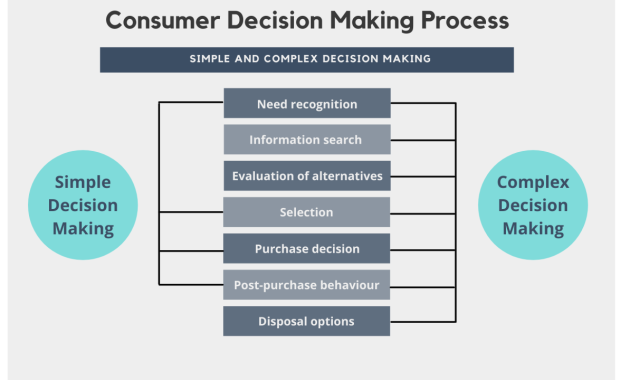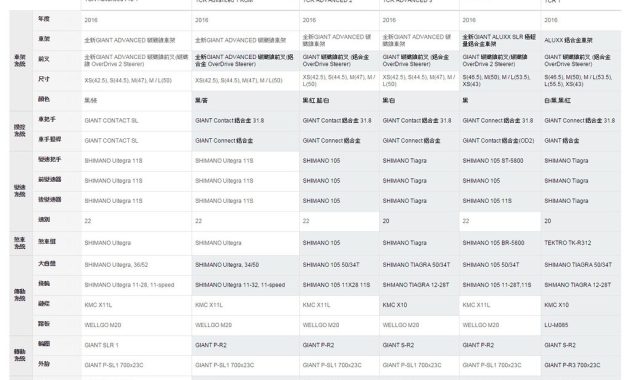Building a resilient investment portfolio is essential for achieving long-term financial success while minimizing risks. One of the most effective strategies to achieve this is diversification. Diversification involves spreading your investments across various asset classes, industries, and geographic regions to reduce the impact of volatility and uncertainty on your portfolio.
Diversification helps protect your portfolio from significant losses by ensuring that not all your investments are exposed to the same risks. While no strategy can eliminate all risks, diversification minimizes them by balancing different types of investments that react differently to market events. This approach allows you to achieve more consistent returns over time.
Risk Mitigation
When you diversify your investments, the poor performance of one asset or sector can be offset by the strong performance of another. For example, during economic downturns, bonds might perform better than stocks, thereby cushioning your overall portfolio.
Enhanced Stability
By including a mix of asset classes, industries, and regions, your portfolio becomes less susceptible to the impact of localized economic challenges. This stability is crucial for long-term investors who aim to grow wealth steadily.
Potential for Higher Returns
Diversification allows you to tap into growth opportunities across different markets and sectors, increasing your chances of earning higher returns without taking on excessive risk.
Key Components of Diversification
Diversification involves several layers, each contributing to the overall resilience of your portfolio. Below are the key components:
Asset Classes
The foundation of diversification starts with asset allocation—dividing your investments among different asset classes such as stocks, bonds, real estate, and cash equivalents. Each asset class behaves differently under various market conditions, providing a balanced risk-reward profile.
- Stocks
Stocks are essential for growth-oriented portfolios, offering the potential for high returns. Including domestic and international stocks further enhances diversification.
- Bonds
Bonds provide stability and predictable income. They tend to perform well when stock markets are volatile, making them an important counterbalance to equities.
- Real Estate
Real estate investments, such as real estate investment trusts (REITs), offer exposure to property markets and can act as a hedge against inflation.
- Cash and Cash Equivalents
Cash, money market funds, and certificates of deposit (CDs) provide liquidity and act as a safety net during periods of market turbulence.
Industries and Sectors
Investing across various industries and sectors ensures that your portfolio is not overly reliant on the performance of a single industry. For instance, technology stocks may offer high growth potential but can be volatile, while consumer staples are generally more stable.
Geographic Regions
Global diversification exposes your portfolio to opportunities in different countries and regions. By including international stocks and bonds, you reduce your dependence on the performance of a single economy.
Investment Styles
Incorporating different investment styles, such as growth, value, and dividend investing, provides additional layers of diversification. Growth stocks may offer rapid capital appreciation, while dividend stocks provide steady income.
Strategies for Effective Diversification

Achieving effective diversification requires careful planning and execution. Here are some strategies to consider:
Determine Your Risk Tolerance
Understanding your risk tolerance is essential for deciding how to allocate your investments. Aggressive investors might allocate more to stocks, while conservative investors might prefer bonds and cash equivalents.
Create a Balanced Asset Allocation
Asset allocation is the cornerstone of diversification. A well-balanced portfolio might consist of 60% stocks, 30% bonds, and 10% alternative investments, depending on your financial goals and risk tolerance.
Rebalance Regularly
Over time, the performance of your investments may cause your portfolio’s asset allocation to drift from its target. Regularly rebalancing—selling overperforming assets and buying underperforming ones—helps maintain your desired allocation.
Include Low-Correlation Assets
Low-correlation assets—investments that do not move in tandem with the broader market—can further reduce portfolio volatility. Examples include commodities, precious metals, and hedge funds.
Leverage Index Funds and ETFs
Index funds and exchange-traded funds (ETFs) provide instant diversification by pooling investments across a wide range of assets. They are cost-effective and ideal for investors seeking broad market exposure.
Avoid Over-Diversification
While diversification is essential, spreading your investments too thin can dilute returns and make it difficult to manage your portfolio effectively. Focus on quality investments rather than sheer quantity.
Common Diversification Pitfalls to Avoid
While diversification is a powerful strategy, there are common mistakes investors should avoid:
Lack of Research
Investing without thoroughly researching the assets or sectors you’re diversifying into can lead to poor decision-making and subpar returns.
Ignoring Correlation
Simply owning multiple investments does not guarantee diversification. Ensure your assets have low or negative correlations to achieve genuine risk reduction.
Overconcentration
Despite diversifying across asset classes, concentrating too much in one sector or geographic region can expose your portfolio to unnecessary risks.
Failing to Rebalance
Ignoring your portfolio’s allocation over time can lead to imbalances that undermine diversification’s effectiveness. Rebalancing is crucial to staying aligned with your financial goals.
Diversification in Practice
Case Study: Balanced Portfolio
A hypothetical balanced portfolio might include:
- 40% Domestic Stocks: Exposure to large-cap, mid-cap, and small-cap companies.
- 20% International Stocks: Opportunities in emerging and developed markets.
- 30% Bonds: A mix of government and corporate bonds for stability.
- 5% Real Estate: REITs for diversification and inflation protection.
- 5% Cash and Cash Equivalents: For liquidity and safety.
This allocation ensures a mix of growth, stability, and liquidity while reducing risks through diversification.
Benefits of Diversification Over Time
Weathering Market Downturns
Diversification helps portfolios withstand economic downturns by spreading risk across asset classes. For instance, during the 2008 financial crisis, diversified portfolios with bonds and gold performed better than stock-heavy portfolios.
Capitalizing on Growth Opportunities
By including international and alternative investments, diversified portfolios can capitalize on growth opportunities in emerging markets and niche sectors.
Achieving Long-Term Goals
Diversification provides a smoother investment journey, allowing you to stay on track toward long-term financial goals such as retirement or wealth accumulation.
Final Thoughts
Diversification is a cornerstone of prudent investing, providing stability, reducing risks, and enhancing potential returns. By carefully allocating your investments across asset classes, industries, regions, and styles, you can build a resilient portfolio capable of weathering market fluctuations. Regular monitoring, rebalancing, and avoiding common pitfalls will ensure your diversification strategy remains effective, helping you achieve your financial objectives with confidence.













